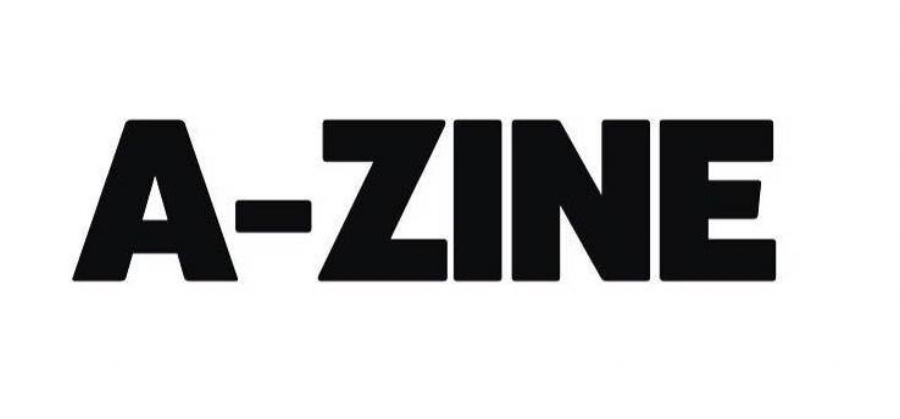Faster Than Fast Fashion: The Issue with SheIn
By Ella McEwan
Photo Kendal Jenner
A few months ago, I saw a video on my TikTok fyp detailing what trendy clothes you should ditch. By the end of the video, they had included House of Sunny’s Hockney dress, With Jean’s Andy dress and Miaou corsets. And although I’m all for a cheeky game of in or out, something about this rubbed me the wrong way.
I realised they were all pieces that had previously blown up online, were rapidly purchased, copied by every fast fashion brand in town, and were now old, all in a matter of months.
You’re not alone in wanting to stay away from the blue Glassons corset because everyone has it, when just about everything seems to become over-saturated, and then by default less trendy.
After being spotted on Kendall Jenner, popular garments don’t have long before people decide they’re no longer cool. This mentality of buying fleetingly hot items leads to mass overconsumption, an issue terrible not just for the environment, but also our constantly fluctuating bank accounts.
Overconsumption and mass production work hand in hand and fast fashion labels like the ever-popular SheIn are one of the biggest culprits.
With the ability to get new garments online within three days, the company can churn out a dupe of the hottest item with incredibly cheap price tags.
Now with 3.6 billion views on the #sheinhaul tag alone, it's not hard to see why it’s becoming such a controversial topic on the platform.
As most of us are aware, producers like SheIn massively contribute to fossil fuel consumption, landfill waste and appalling working conditions. But for some reason, that doesn’t seem to put people off.
While it's easy to point the finger at SheIn alone, we have to be able to admit there’s more than one perpetrator. By buying fast fashion and promoting them online, we too are a massive part of the problem.
To clarify, lower-income people can’t be blamed for not buying clothes they can’t afford, in the same way, plus-sized people shouldn't be blamed for not buying clothes that simply don’t fit them.
The reality is eco-friendly brands don’t always have larger sizes and are more expensive. Anyone without the money to spend or who are unable to fit limited size ranges still deserve to have trendy clothes. They’re also more likely to keep those clothes than people with disposable incomes.
Even though this is the most common defence I see on TikTok, the financial argument only defends people with lower-paying jobs or a family to clothe who can’t afford other fast fashion or sustainable brands.
My target is instead set on anyone making $200 or even $1000 SheIn TikTok hauls. Not to state the obvious, but anyone with hundreds or thousands to spend on clothes has no financial incentive to buy fast fashion. If you’re comfortable financially, there is really no reason to shop SheIn other than to keep up with fast trends.
If you’re wondering why clothes from smaller brands are pricier, here’s a quick breakdown. You’ve got fabric cost, equipment cost, time spent sewing and designing the garment, website cost, rent, paying employees, sending clothes to boutiques, photography, makeup, hair and models, all while the designer puts a roof over their heads.
To put it into perspective, Sydney-based Madre Natura sells their Eucalyptus cami at $220 a pop. Now, this might seem a little crazy, but it takes no time at all to figure out why. The company makes limited runs, offers complimentary repairs, uses deadstock Italian fabric, and is handmade in Sydney.
Compared to a similar style for $10 at SheIn which features 95% Polyester, a cami that’ll take 200 years to break down in landfill and made by exploited workers using stolen designs.
While knowing not everyone has $220 to spend (including me), if your new clothes are that cheap, they won’t last or be good for the environment.
But by no means am I perfect. Despite my best intentions, I can’t help but sometimes want the newest hot ticket item.
There's nothing wrong with wanting to dress in the latest trends, but consuming thoughtfully means analysing which trendy pieces you’ll invest in and which ones you think will be fleeting.
On the other hand, if you have a trendy item that blew up and now some random TikToker has decided it’s no longer cool, don’t let their opinion have an impact on the clothing you love. Once you purchase a piece you love, wear it again and again, and find ways to continually style and modernise it.
Finally, don’t be put off by videos telling you what clothes are out. If you truly cherish your clothes and invest in quality garments, they never go out of style.

